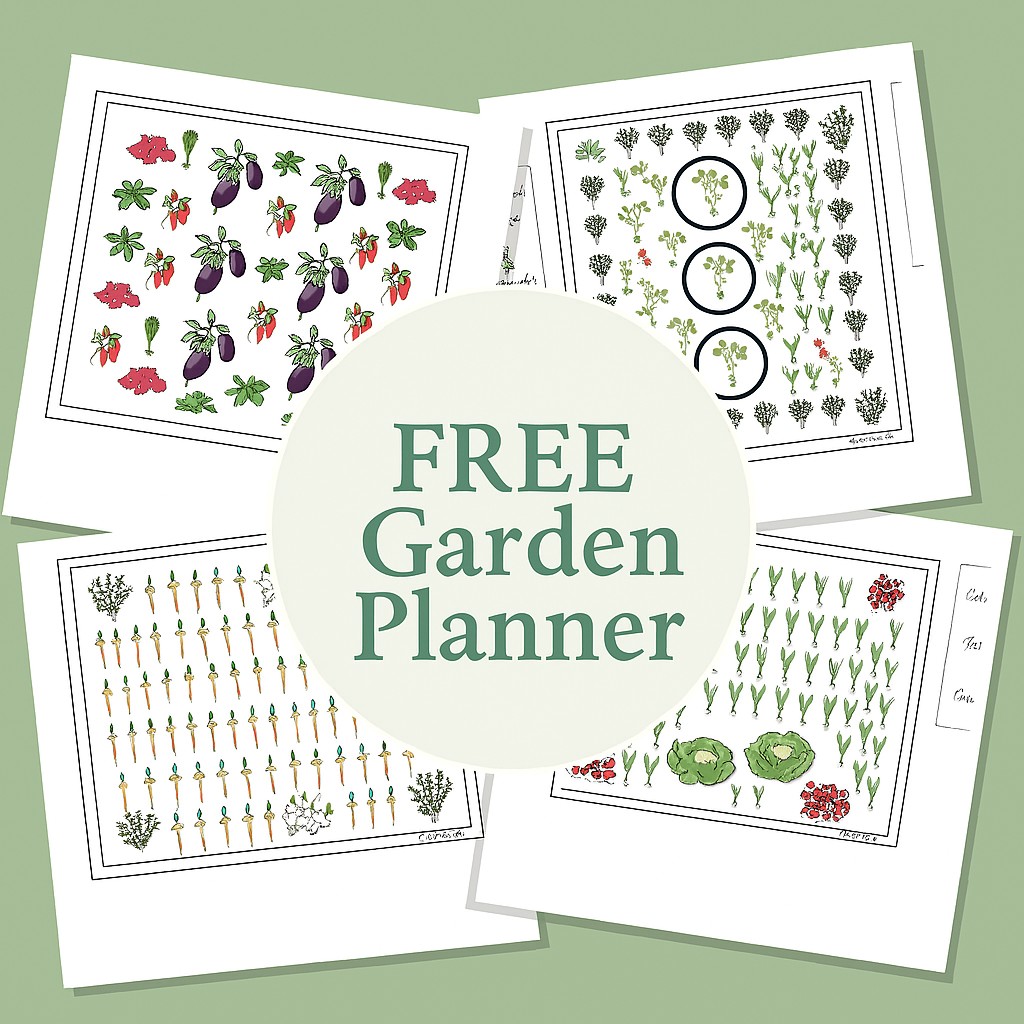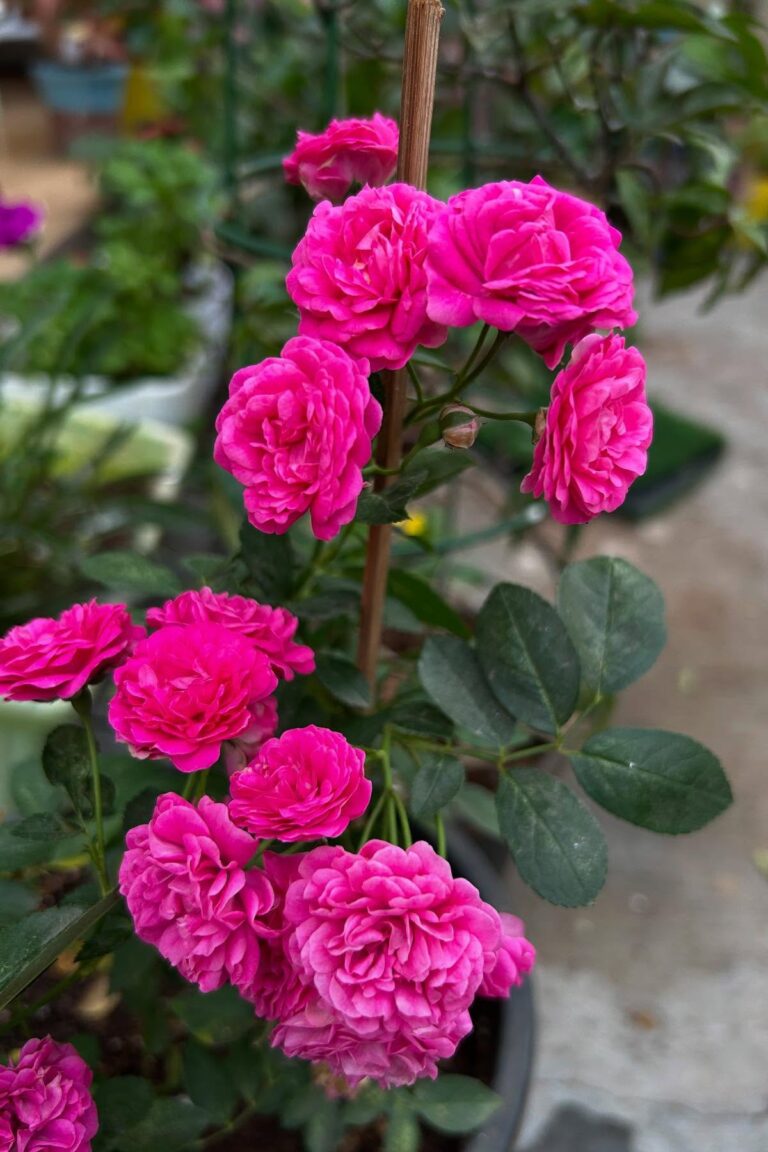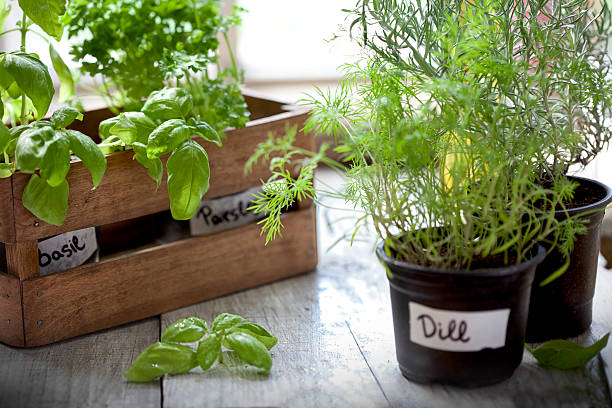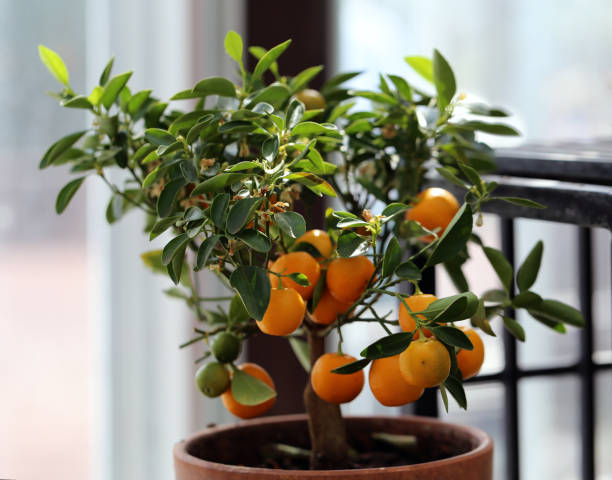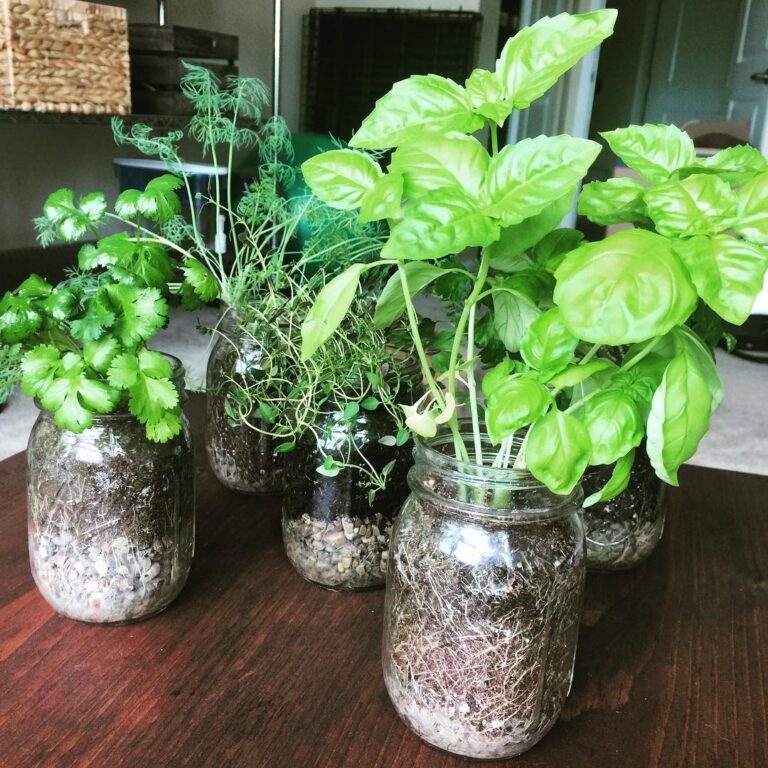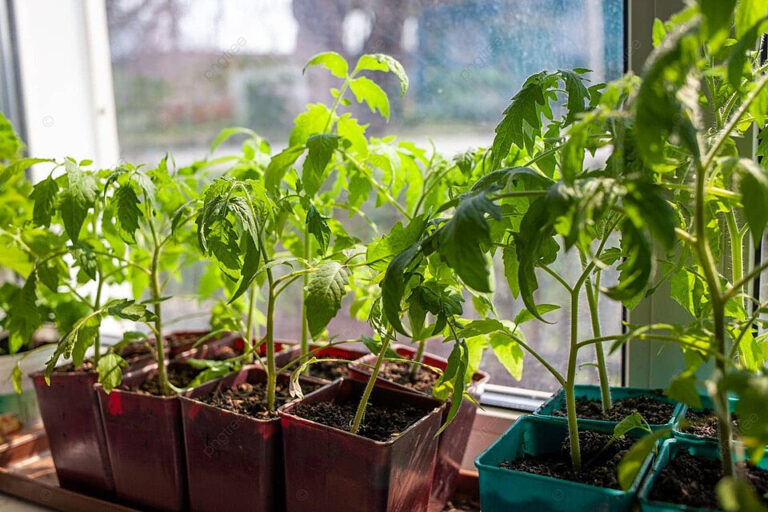10 Easy Ideas for Vertical Hydroponic Gardening For Indoors
Have you ever wanted to grow your own food but don’t have a garden or backyard? Vertical hydroponic gardening is an awesome way to grow fresh food indoors, even if you don’t have much space.
Here are 10 simple ideas to help you get started with vertical hydroponic gardening in your home.
1. Start with a Small System
If you’re new to hydroponics, start with a small vertical setup. You can find compact systems that fit in a corner of your kitchen or living room. Starting small will help you learn the basics before moving on to something bigger.
Tip: Look for a hydroponic kit that comes with all the parts you need, like a pump, tubes, and plant holders.
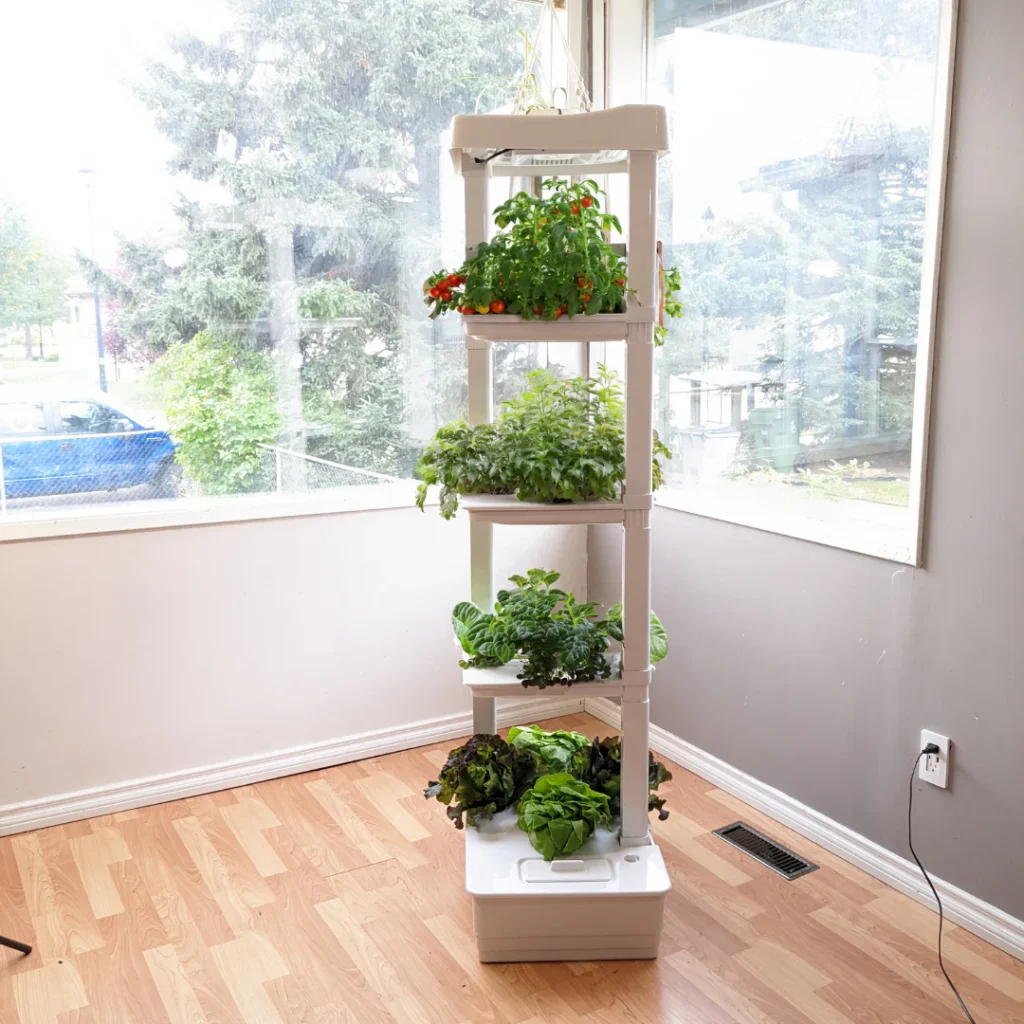
2. Choose Easy Plants to Grow
When starting out, pick plants that are easy to grow indoors. Herbs like basil, mint, and cilantro are great because they grow fast and don’t need a lot of care. You can also try leafy greens like lettuce and spinach for a fresh supply of salad ingredients.
Tip: Herbs are great for beginners because they grow well in hydroponic systems and add flavor to your meals.
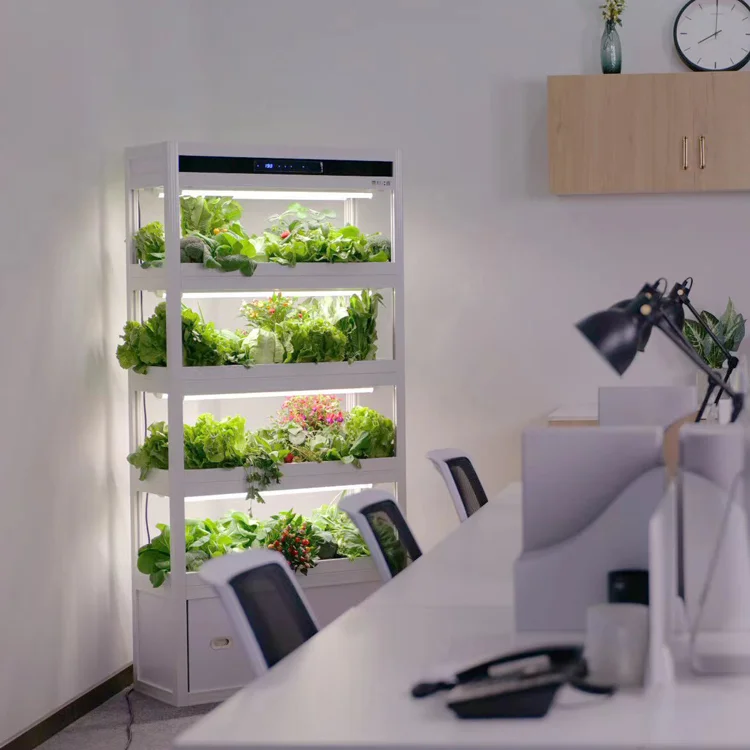
3. Use Vertical Space Wisely
One of the best things about vertical hydroponic gardening is that it doesn’t take up much floor space. Use the vertical space in your home by placing the system against a wall or in a corner where it won’t be in the way. This helps you grow more without making the room feel crowded.
Tip: Put the system near a window so the plants can get natural light.
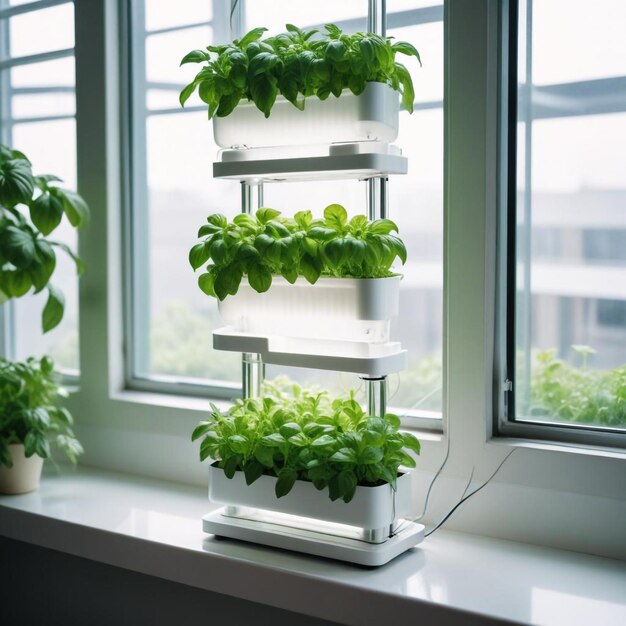
4. Get the Right Lighting
Plants need light to grow, so make sure your vertical hydroponic system gets enough light. If you don’t have a sunny window, use grow lights. LED grow lights are energy-efficient and give plants the light they need to grow well.
Tip: Aim for 12-14 hours of light each day for the best results.

5. Monitor Water and Nutrient Levels
In hydroponics, plants get their nutrients from the water. It’s important to keep an eye on the water level and make sure it has the right nutrients. Check the pH balance often and adjust it as needed to keep your plants healthy.
Tip: Use a pH testing kit to make sure the nutrient solution is balanced for your plants.

6. Keep the System Clean
To prevent mold and algae, clean your hydroponic system regularly. Keeping the tubes and containers clean helps your plants stay healthy and lowers the risk of problems.
Tip: Wipe down the system every few weeks and change the water regularly to avoid buildup.

7. Mix Different Types of Plants
If you want a more interesting garden, try growing a mix of different plants. You can grow herbs, leafy greens, and even small fruits like cherry tomatoes. Mixing different plants can make your garden more fun and give you a variety of fresh produce.
Tip: Make sure the plants you choose have similar light and nutrient needs so they grow well together.
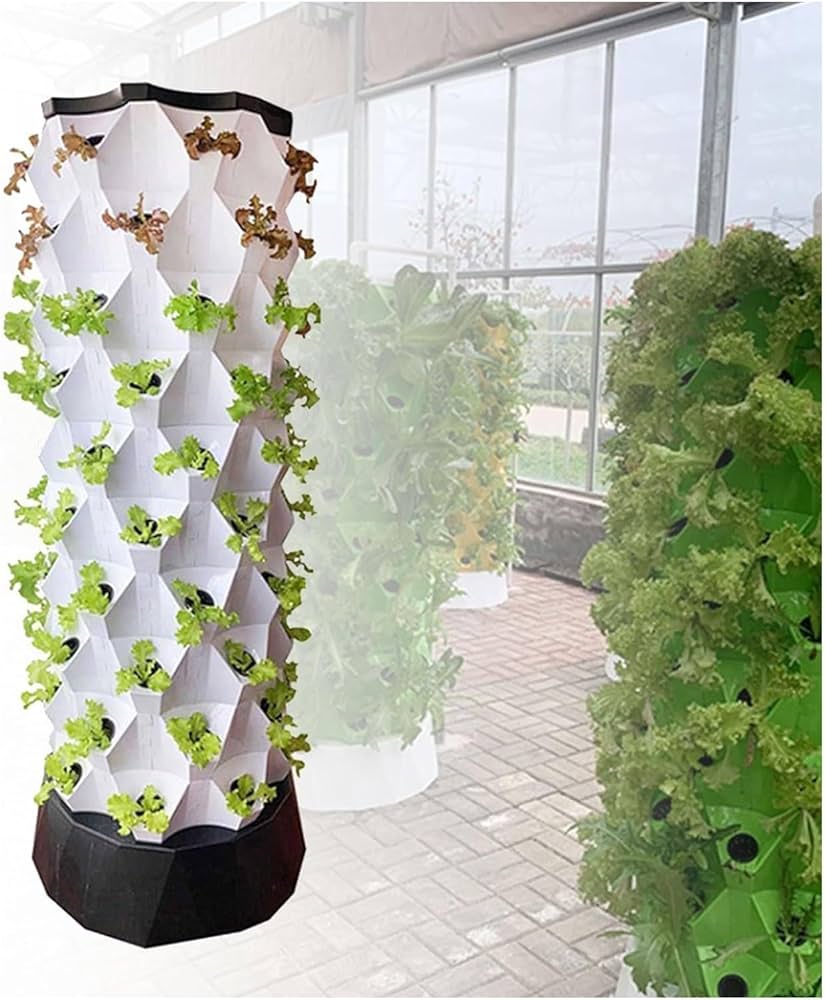
8. Use Multi-Tiered Systems
Think about using a multi-tiered vertical hydroponic system to grow more plants in a small space. These systems have several levels, which means you can grow more plants without taking up extra floor space.
Tip: Multi-tiered systems are great for small apartments where space is limited.

9. Troubleshoot Common Problems
Hydroponic gardening can have challenges, like yellow leaves or pump problems. Learning how to solve common issues will help you keep your plants healthy. If the leaves turn yellow, it might mean your plants need more nutrients or the pH balance is off.
Tip: Don’t get discouraged by small problems—use them as chances to learn and get better at gardening.
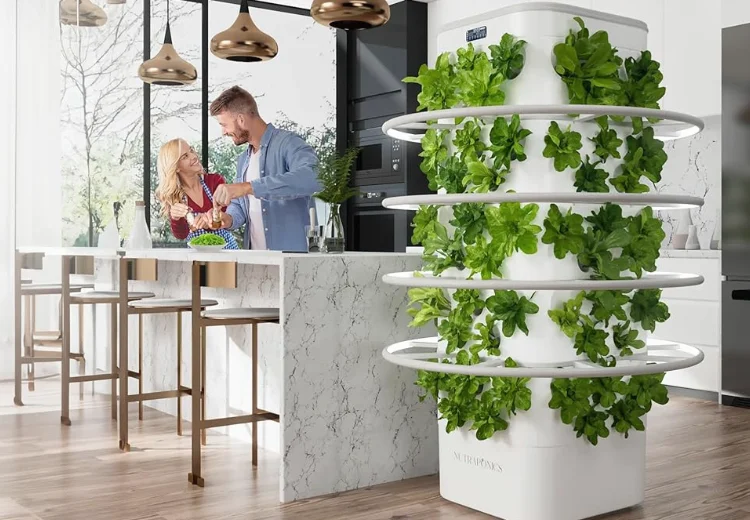
10. Enjoy the Harvest
The best part of vertical hydroponic gardening is harvesting your fresh produce. There’s nothing better than using herbs or greens you grew yourself in your cooking. It feels rewarding and makes all the effort worth it.
Tip: Start with fast-growing herbs so you can enjoy your first harvest quickly and feel motivated to keep going.
Final Thoughts
Vertical hydroponic gardening is a great way to grow fresh food indoors, even if you don’t have a lot of space. Whether you’re growing herbs for cooking or leafy greens for salads, this type of gardening is fun, rewarding, and perfect for small homes. Give it a try and see how much you can grow right in your own living space!
